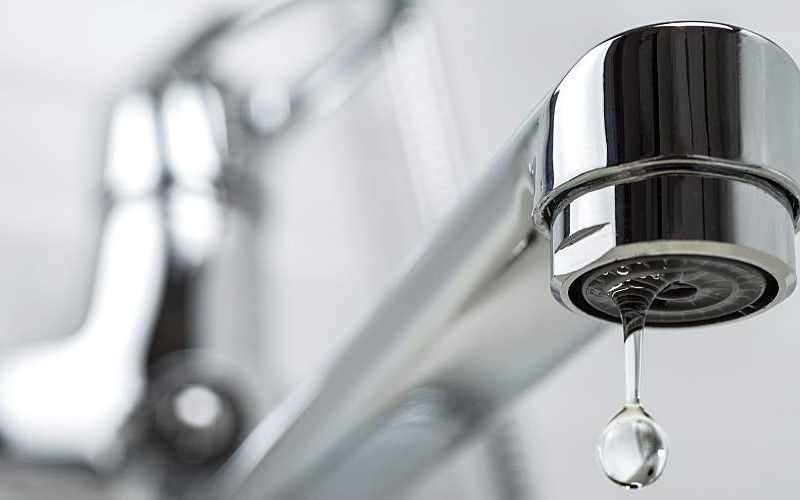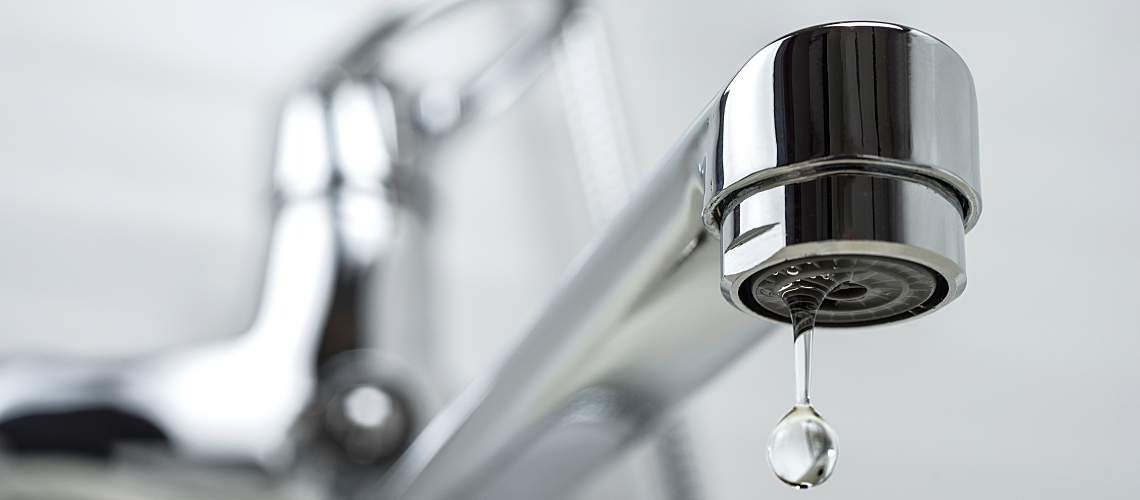Which States Have the Best Tap Water Quality—and the Worst?


Most Americans expect clean, healthful tap water every time they turn on the faucet—for a refreshing drink, a quick shower, or a pot of water for cooking. But water quality remains a critical concern in 2023. After water crises in various U.S. cities, including Flint, Michigan, and Jackson, Mississippi, federal regulators are cracking down on drinking water quality. In addition, later in 2023, the Environmental Protection Agency (EPA) plans to revise the National Primary Drinking Water Regulation to take per- and polyfluoroalkyl substances (PFAS) into account.
The challenges that individual states face in ensuring quality drinking water depend on factors including available natural water resources, infrastructure caliber, and metering and billing technology. To assess the impact, J.D. Power conducted a study to find the states with the best tap water. The study analyzed utility customer feedback from all 50 states and the District of Columbia.
Although drinking water is exceptional in some states, the J.D. Power results indicate the need for prompt corrective action in others. In addition, the U.S. Geological Survey (USGS) released a separate study that showed PFAS are present in almost half of the nation's tap water.
Here's a closer look at the J.D. Power ratings to see how each state scored and at the USGS results for more information on how citizens and water quality test labs can help ensure quality drinking water in every part of the country.
Tap Water Quality Study Methodology
For their study, J.D. Power analyzed feedback from water utility customers on six factors:
- Quality and reliability, which were the key issues
- Price
- Conservation
- Billing and payment
- Communications
- Customer service
The resulting "Utilities Intelligence Report" is based on responses gathered between June 2022 and March 2023 from 36,833 residential water utility customers nationwide. J.D. Power used a proprietary index methodology to weigh the relative importance of each quality and reliability attribute. Customer ratings of these attributes created a score that ranged from 100 to 1,000 points.
The States With the Best and Worst Tap Water
Leading the country in water quality was Kentucky with a score of 768 points. Louisville Water actually trademarks its water, known as Louisville Pure Tap®. Washington, New York, Oregon, and Kansas were close behind Kentucky in the rankings.
At the lower end of the spectrum, Alabama achieved a score of 701. The state struggles in just about every category evaluated. Ranking just above Alabama were Maryland, Oklahoma, New Mexico, and Texas. In states where water quality isn't up to par, water quality test labs should inform customers of potential water quality issues and suggest regular testing and filter use to ensure as pure a water supply as possible.
The Prevalence of PFAS
An ongoing problem with 45% of the nation's tap water is the presence of PFAS, according to the USGS. The bureau recently released results of their countrywide study on the presence of 32 types of PFAS—out of the more than 12,000 estimated possibilities. The USGS tested both private and government-regulated water supplies for PFAS.
USGS scientists collected water directly from kitchen taps and found similar PFAS concentrations from public and private sources. Although the EPA has not yet issued final regulations on allowable PFAS, the samples in which the USGS detected PFAS exceeded the agency's interim advisories on acceptable concentrations.
Responding to PFAS in Local Drinking Water
The prevalence of PFAS countrywide and their persistence in the environment make them a unique water quality concern. Data from the USGS study were used to model and estimate PFAS contamination across the country. The study gives citizens a way to understand their risk of exposure and regulatory bodies the information necessary to make policy and management decisions about testing and treatment options.
Community members can limit their exposure to PFAS by taking a few key steps:
- Determine if home or business tap water is contaminated.
- Review the Consumer Confidence Report (CCR) about tap water from municipal suppliers. The report should come with or before the July water bill and lists what substances have been found in the water supply and at what concentrations. CCRs are also available on the EPA's search page.
- Invest in a water filter, if necessary. The EPA has found that activated carbon and ion exchange resin filters can significantly reduce PFAS in drinking water.
For water from private wells or municipalities that don't check for PFAS, a home test kit can provide information on contaminants. And to give consumers even greater confidence, local water quality labs can test for PFAS. Labs can explain the results and then recommend measures to ensure tap water is safe for drinking, cooking, bathing, and every other use customers have in mind.






